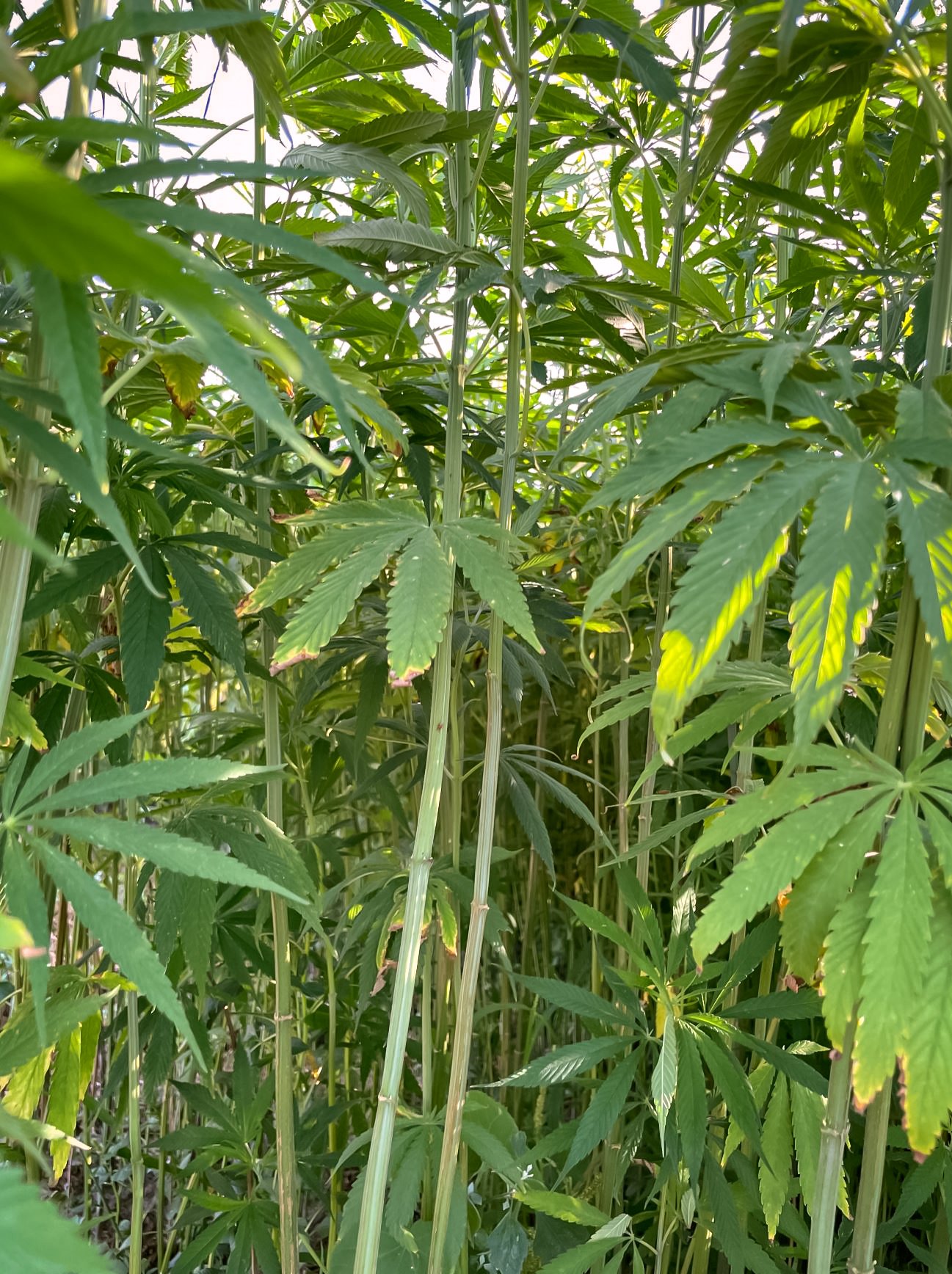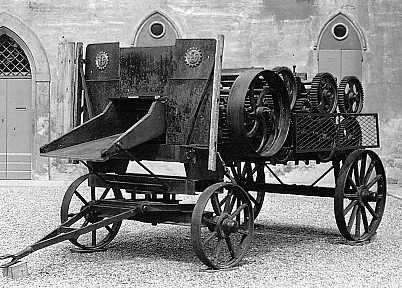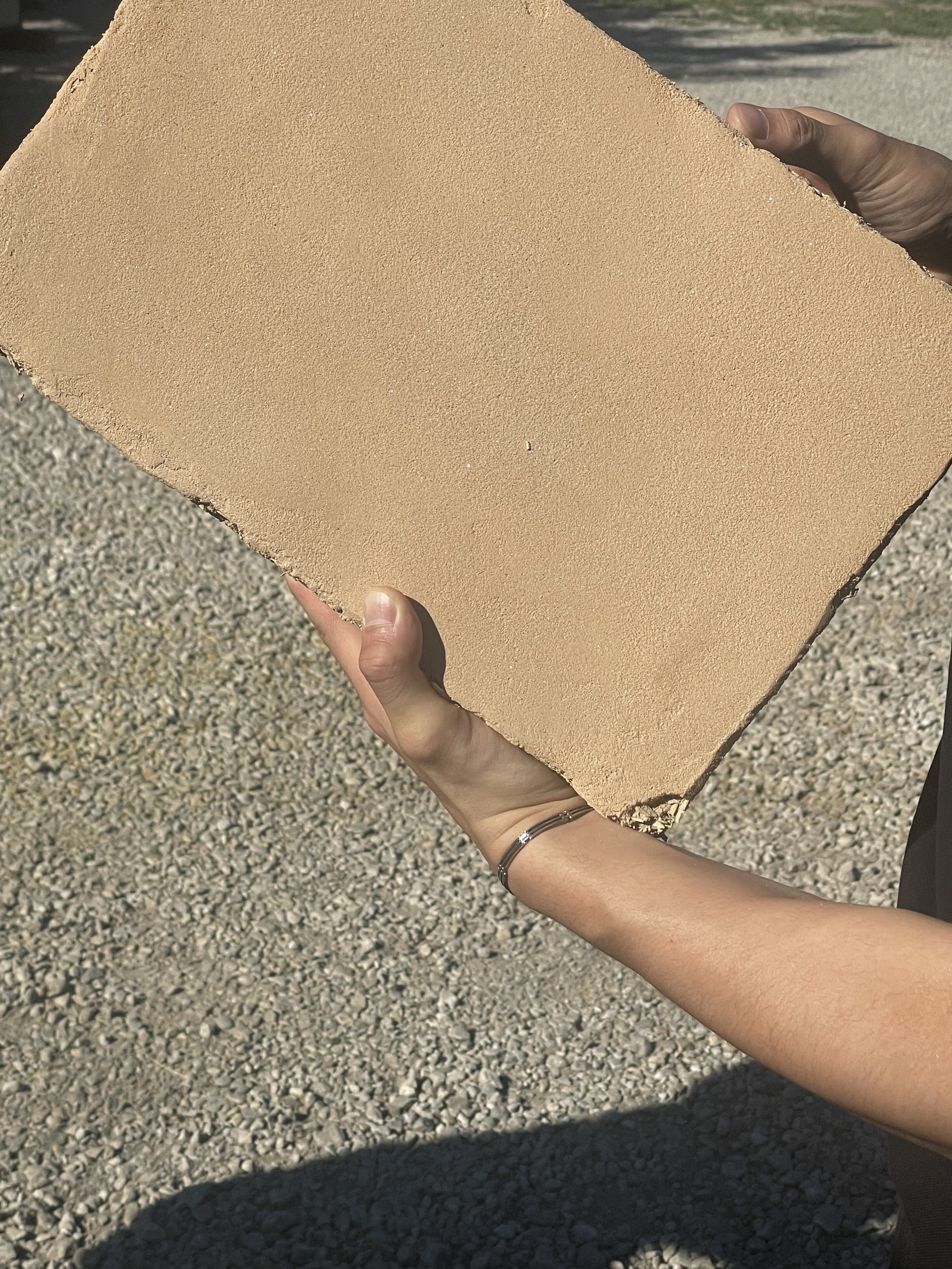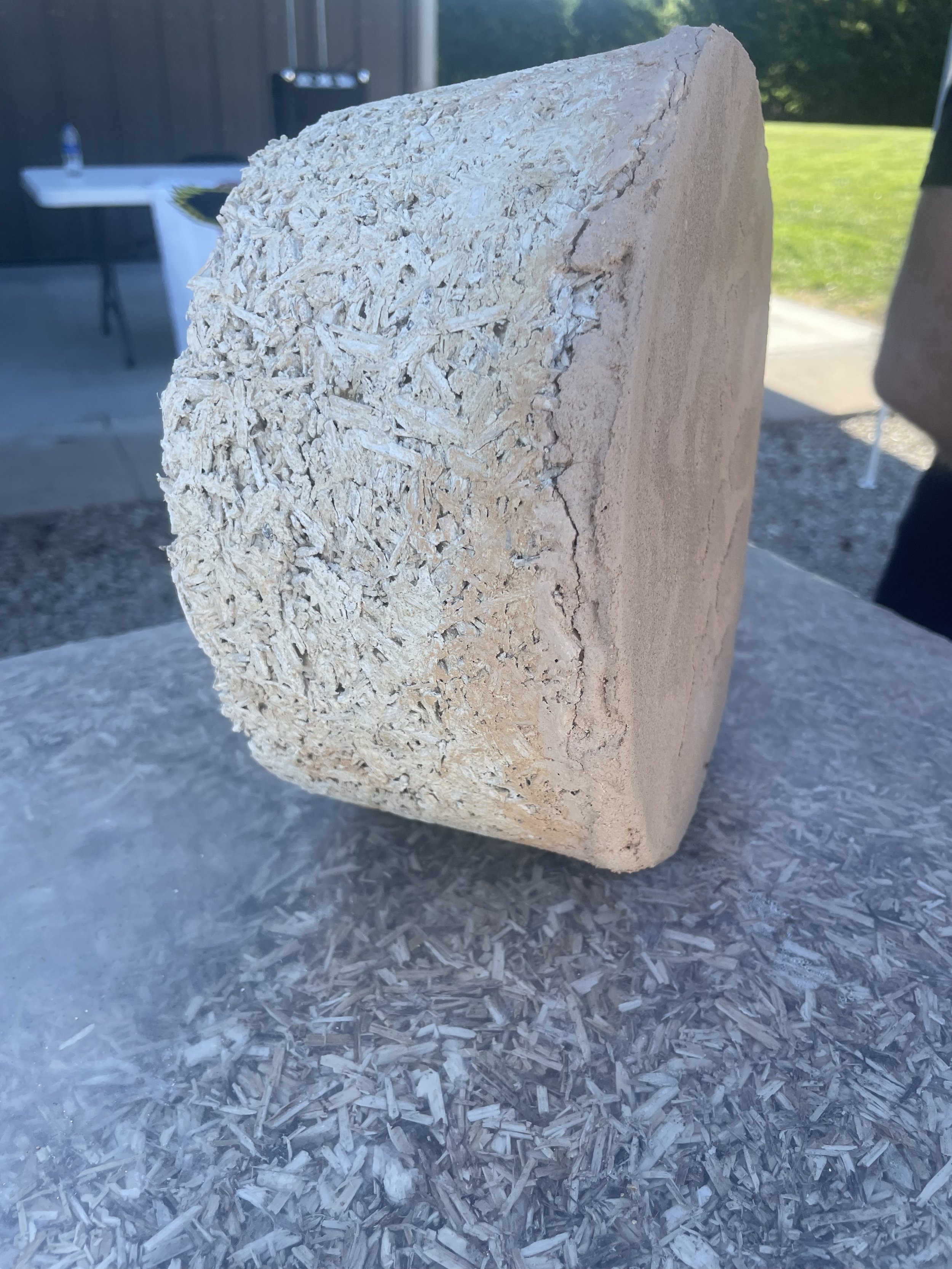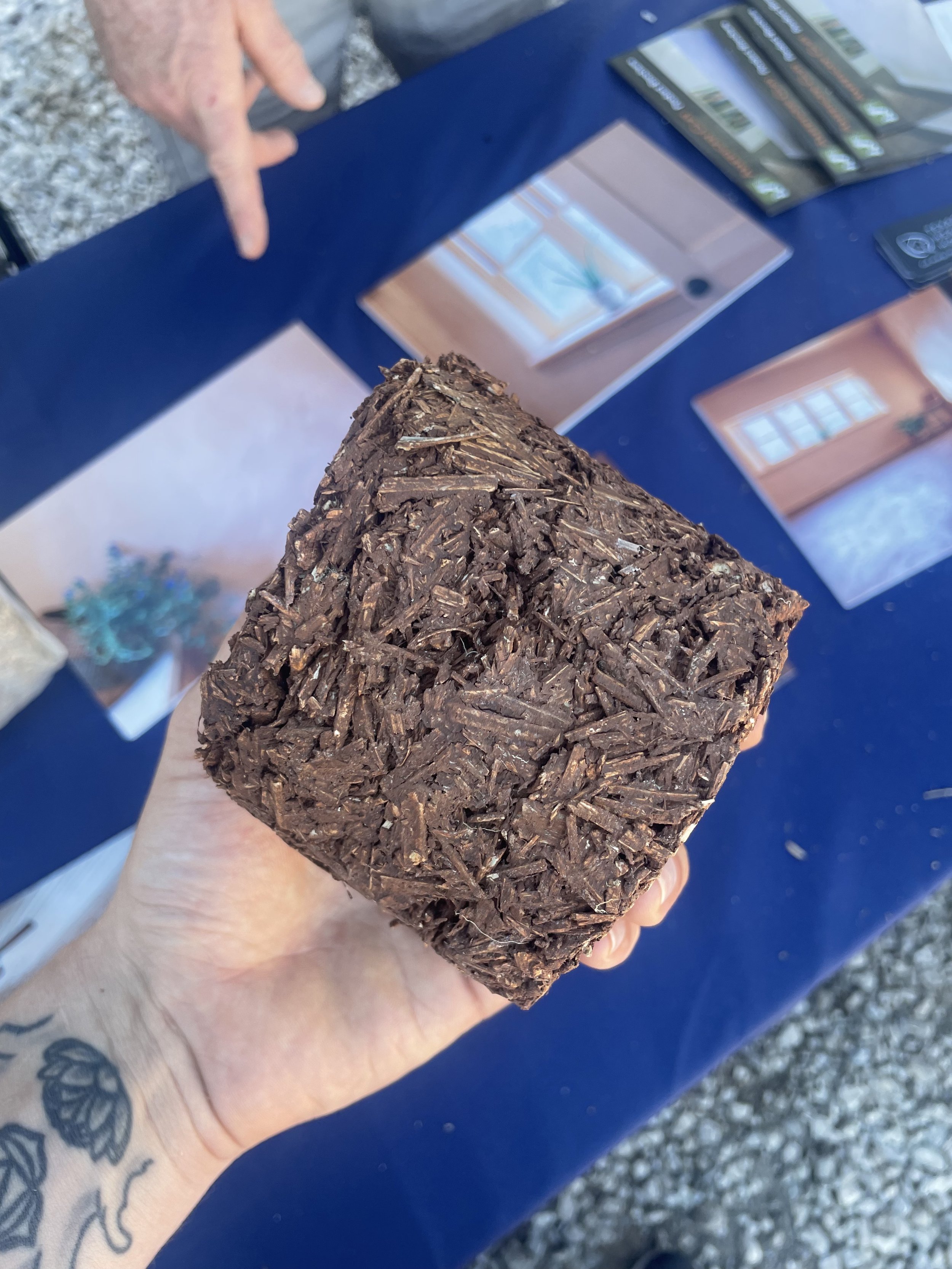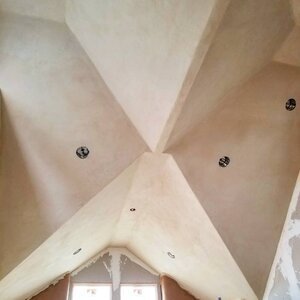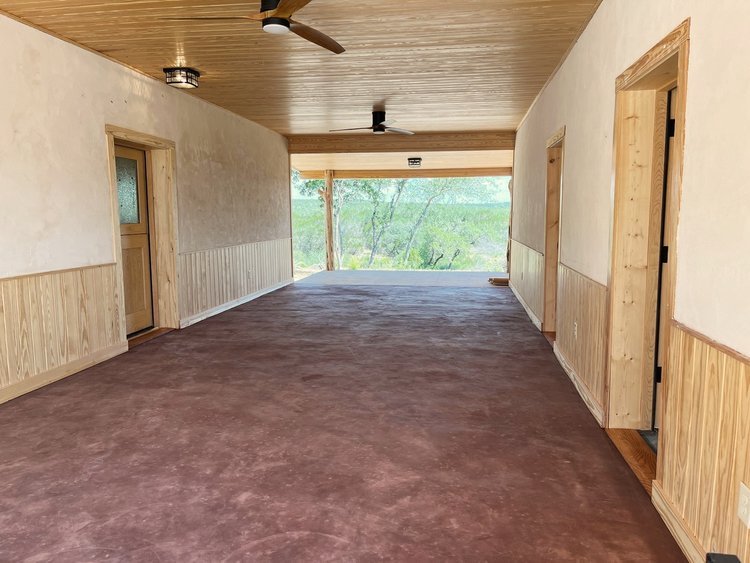Building with Hemp:
From Farm to Framework
How do we turn this…..
Shot of us at a workshop put on by Ray Kalderi hempin out of Texas.
Into this!

Hemp Lime/Hemp Crete
Hemp-building materials are becoming very very popular and for good reason too. The properties of using Hemp and Lime, also called Hempcrete, are pretty impressive. Using hemp in a structure will make it fire-resistant, mold and pest-resistant, energy efficient, and also sound-insulated. I know hemp homes in hot arid climates that are being built completely without HVAC systems! But most importantly using hemp in the construction industry gives us our best shot at achieving net zero homes.
The amount of Carbon it embodies or sequesters offsets the amount of greenhouse gas it takes to produce it. There is an awesome calculator called the BEAM calculator by Builders for Climate Action that will allow us to calculate the amount of CO2 any given structure will be able to offset. You can read all about this on HempBuild Magazine done by the Hempcrete queen herself, Jean Lotus. I'll include all the links at the bottom of the page for you.
In the last few years since the 2018 farm bill the availability of these materials has increased substantially. Causing a bunch of structures to pop up all around the US. Here is a snippet from the map that can be found on the US hemp building association's website.
This is a pretty good look at the number of structures made entirely from hemp lime and I am positive there are many more that haven't been reported yet. Not to mention the countless historic hemp structures littered through Europe and Asia.
So how does this work?
At H4H it starts with organically farmed hemp. Now these plants are in the same family as your typical cannabis plant or the high CBG hemp we grew in our first year to make CBGenius. But these varieties are a little different; first, because of there lineage causes them to produce lower levels of cannabinoids including THC and CBD, and second the way that we plant these seeds causes them to grow and express entirely different traits.
Plant population plays a key role in the dominant expression of the hemp.
Here is how the plant will express it self with plenty of room around it. Typically at least 16sq ft per plant or anywhere from 1800-2700 plants per acre!
Plants courtesy of South Bend hemp planted at about 5-600,000 plants per acre.
The stalk itself is composed of two main components. The bast fiber which is about 20-30% of the stalk depending on the variety and the hurd, also called the shiv, is the woody center that makes up the rest of the stalk. This stalk is the fastest growing producer of cellulosic material known to man. After planting these plants will reach maturity in about 3 months and are ready to be harvested. To harvest the plant we will just be chopping the stalks about 6"-10" from the ground. This may sound pretty high but the bottoms of the stalks are often to dense to properly process. Plus this leaves us a lot of Carbon rich organic matter to leave on the soil to contribute to soil health in our no till system.
Once cut down it is treated similarly to conventional hay crops. We will allow the retting process to take place in the field which will begin to separate the fiber and hurd components of the plant. Then once dried down to the proper percentage of moisture the stalks are ready to be baled. They can be round bale or square bales but typically processors today are set up to receive the round bales. What is important from the farming aspect is to plant at the right densities to make it as easy on the processor as possible that way they can produce high quality material.
Processing
The first step in getting our hemp off the field and into a house is called decortication. This is done with a technology invented back in the late 1800's which has since been improved on to allow for specified outputs in both the fiber and the hurd quality. Now a series of rollers and blades is used to essentially crush the stalk, pull the fiber out, and grind or chop up the hurd. These machines then can be equipped with sorters and baggers to sort out the different sizes of hurd as well as the long and short strand fibers. I could go on all day about the different ways and uses you can use these different outputs but for now lets stick to the building materials.
The Building Site
Working with the US Hemp Building association has given me a great opportunity to be on the front lines of an organization striving to push the building industry forward. This includes finding a standardized building grade hurd material, getting Hempcrete into the International Code Councils building codes and seeing many hemp lime structures go up around the US.
Hurd
So far most of the structures going up have been made with hemp hurd imported from Europe. Mostly because our hemp supply has been so low here in the US but also because they have a pretty tried and true method with very consistent and repeatable results. As of this year there are American grown hemp houses going up. We have reached a general consensus on the best type of hurd to use in hemp-lime construction and the traction is gaining fast. So once you've got your standard building grade hurd then we can move on to the next ingredient which is the lime.
Lime
The binder is a critical part of the building process and not all hemp is made the same. The type of lime you choose will play a critical role in the setting and strength of your Hempcrete structure. That's why especially when building a home it is very important that you select a lime binder mix that has been well-tested and proven to work in Hempcrete structures. There are many binder compositions that will work and there are businesses across the US that are working towards developing novel and proprietary mixes of binder that will give you different properties in the construction process. But usually your binder will consist of a hydrated lime with a certain amount of hydraulic lime mixed in along with a small addition of a pozzolan. I know that's a whole lot of words that might not make sense but basically the difference between hydrated and hydraulic is that the hydrated will set quite faster allowing us to move the molds quickly as we build and the hydraulic will set slower by absorbing carbon dioxide from the air. The pozzolan is a mineral additive that helps speed up the Hydraulic lime setting time, Once the lime and the hurd is added together then we just have to add water to get the hemp to the proper consistency for whichever method of application we plan to use!
Application methods
There are three main ways hemp is used in building materials right now:
The first and most historically common is the cast-in-place method. This is very simply done by placing some sort of plywood sheet or mold over your timber frame and pouring your hemp-lime mixture into the mold and then tamping it down with a tool. It doesn't take too much force to pack the Hempcrete in there, and a lot of builders will tamp the outside edges slightly more and leave the middle less packed down. This will allow for extra air pockets on the inside of the wall which will in turn increase performance in terms of thermal mass and humidity regulation. This method of construction is definitely more labor intensive and takes more time but it is very effective and offers an amazing way for non-expert builders to be involved in the construction of their own buildings. I would advise to always have an experienced natural builder on site though.
The next method is becoming more widely used and this is the spray application method. There are only a couple of machines designed to spray hemp lime right now and one of which is being used right here in Michigan for the first hemp-built home in the state. This method consists of a mixer, some sort of conveyance, and an air-powered sprayer. These machines are designed to deliver the Hemp mixture using forced air through the nozzle, creating almost a reverse vacuum that pulls the hemp lime mixture through the feed hose and out the end. This is a much more messy process and requires a smaller size specification of hurd and different ratios of lime and water. But it is of great use to apply hemp in a very consistent and repeatable fashion. There is no doubt when using a sprayer that the hemp is packed in enough or if you got in that hard-to-reach corner.
The last popular method is pre-fabricated: This includes Hempcrete blocks which are becoming insanely popular and well-known and panels that can be shipped and put together on-site. The huge benefit to using hempcrete in this form is that there is no waiting for the mixture to dry and cure before you finish it, construction is relatively easy and can be quick and the homes have all the amazing properties of hemp lime. The downsides to these methods are the shipping cost and facility cost. Since it cost quite a pretty penny to build the facilities that can produce these pre-fabricated building materials it may take a bit for enough of them to come online to be able to affordably and sustainably supply the commercial and residential construction industries. But with more hemp farms getting started every day the supply is quickly becoming enough to make facilities like this worth the investment. I strongly believe this is where the hempcrete building industry will be headed. This way of construction offers the most painless construction process out of all the methods. There is also some university research being conducted on 3d printed homes. Typically these are with a poly-based substrate or concrete but I believe a school in Texas is actually focused more on the hemp field. Lastly, now that we have a beautiful fireproof mold and pest-resistant, energy-efficient structure up it’s time to put the finishing touches on to make it look like this.
I could write a whole article on the types of finishes that natural builders use but that is not necessarily my expertise yet and for now we will focus mainly on the principle you need to follow. In order to fully achieve all the wonderful properties of hemp lime. You need to buck the convention of non-permeable building materials. In conventional homes, there are 5-10 layers of material that are all designed to keep moisture and air from passing through the wall.
In a monolithic self-regulating structure like we have with hemp lime, it is important to use permeable finishes in order to allow its properties to shine. Hemp is designed to passively regulate temperature and humidity. It does this with the millions of air pockets created with the hurd and the binder. The air pockets effectively hold temperature by creating thermal mass and are also able to capture and release moisture readily in order to maintain stable humidity on both sides of the wall. So when finishing hempcrete structures you want to use a permeable finish such as a lime wash or clay plaster. You can also put conventional siding like wood panels up but you'd want to be sure to leave a small air gap between the hemp lime and the sheathing. This will allow air to keep flowing and enveloping the wall so you can still have that well-renowned hemp feel inside your house.
We will be continuing to push towards our dream of building these structures where people are in need of them most. This means gathering people and educating them about the utility of this material not only for the quality of the home but for the quality of the soil and the community that it comes from. Our mission is to start rebuilding Detroit in Hemp. And every bottle of CBG we sell, every Hempcrete workshop we attend or put on and every farmer we plant hemp with brings us one step closer to getting there. Keep an eye out for the workshop we will be announcing soon that will be happening in the fall, And if you have any questions please please comment down below, and lets talk about it!!
All images courtesy of Tim at Texas Healthy Homes





